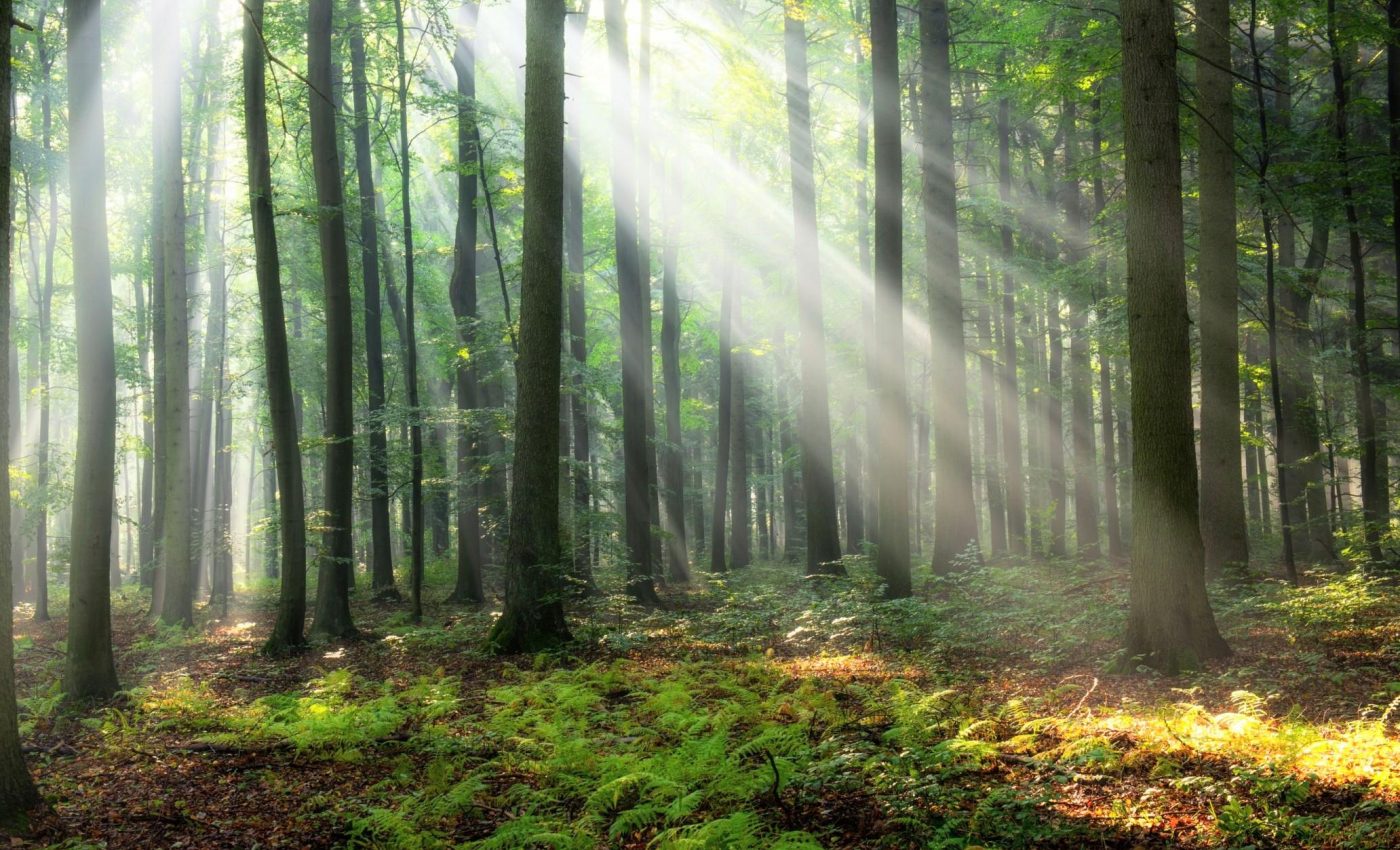
Water world hidden inside trees helps forests survive droughts
Europe’s forests are entering a new era of stress. Longer, harsher droughts are rewriting how trees grow, compete, and survive across the continent. Many people notice the change each summer as leaves fade early or entire stands lose vigor.
Scientists are now digging into the biology behind these shifts to understand why some forests withstand repeated drought while others weaken.
New research points to a hidden world inside the trees themselves – a network of water-use strategies and hydraulic traits that determine who thrives and who struggles.
These insights offer a roadmap for building more drought-resilient forests as climate pressures intensify.
Water use shapes forest survival
Researchers studied 2,611 trees from 10 European species in Saxony-Anhalt. They observed growth patterns during the severe 2018 to 2020 drought. Each species used water in a distinct way.
Oak handled dry spells well. Birch suffered when dryness lasted. The team examined 14 traits linked to water flow, storage, and control.
These traits revealed how each tree balanced intake and loss during shifting seasons. The study showed that traits shape survival as much as species identity.
Water behavior in forests
Trees follow two main axes of water behavior. One axis concerns hydraulic safety. Trees on the safe end resist embolism and keep vessels working during stress. They often hold dense tissues and operate within safe water limits.
Trees on the vulnerable end push for fast growth under normal rain but lose function sooner in drought. The second axis concerns stomatal control. Some species close stomata early and maintain safer water levels.
Others keep them open longer and accept lower water potentials. These differences shape daily water flow and drought performance.
Drought changes forest growth
Trees with strong hydraulic safety grew better during drought. They kept inner vessels open even when conditions turned harsh.
Trees that closed stomata with precision also held an advantage. These traits slowed growth under normal rain. This contrast revealed a deeper ecological rule.
“There is no single strategy that always leads to more growth,” said Lena Sachsenmaier from the German Centre for Integrative Biodiversity Research (iDiv) and corresponding author of the study.
“What is disadvantageous under normal conditions can become a decisive advantage in years of drought.” Each strategy wins under certain conditions and loses under others.
Trees help their neighbors
Trees do not face drought as isolated individuals. Neighbors shape outcomes in powerful ways. Trees surrounded by neighbors with different water strategies grew better in dry years.
Mixed strategies reduce direct competition because each species uses water in a unique pattern. In contrast, stands with similar strategies suffer more stress.
“In extreme drought years, it is best for a tree when its neighbors have completely different characteristics in terms of water use,” said Sachsenmaier. The number of species matters less than the mix of traits within the group.
A buffer during drought
Different water strategies in one forest act like a natural safety layer. They protect stands when drought arrives because some trees continue to function while others slow down.
A species that shuts stomata early reduces competition for others that hold them open. Deep-rooted trees may draw water from different soil layers while shallow-rooted trees use upper layers.
These contrasts reduce overlap and keep the stand stable. This buffer appears strongest during droughts and fades during wet years when water is abundant.
Drought reshapes species balance
The study highlights that strategy success changes with climate patterns. Trees with conservative traits lose ground in wet years. These same trees gain strength in dry years. Acquisitive species rise during good rainfall but weaken during prolonged dryness.
This shifting balance shapes long-term growth. Minimum water potential shows how close each species operates to its limits.
Those that operate near dangerous thresholds may grow fast but risk failure in harsh years. This balance guides how forests change as climates shift.
Forests that can remain stable
These findings give foresters a new path for planning future woodland renewal. Mixed stands with contrasting water use traits can stay stable through repeated droughts. This approach looks beyond species identity toward deeper functional traits.
“Our iDiv study shows that protecting forests in the face of climate change is not only a question of species diversity, but also of functional diversity,” said study co-author Christian Wirth.
He noted that researchers now study water relations in nearly 100 species at the ARBO-FUN arboretum. This work may guide future plantings across Europe.
Building resilient forests
Europe can build forests that remain strong as conditions grow more extreme. This requires stands with varied strategies rather than uniform groups.
Strategic planning can support long-term resilience by pairing species that use water in different ways. Varied water behavior reduces competition and creates stable growth during shifting climates.
With rising drought pressure across the continent, this knowledge may shape forests that endure and support the communities that depend on them.
The study is published in the journal Global Change Biology.
—–
Like what you read? Subscribe to our newsletter for engaging articles, exclusive content, and the latest updates.
Check us out on EarthSnap, a free app brought to you by Eric Ralls and Earth.com.
—–













